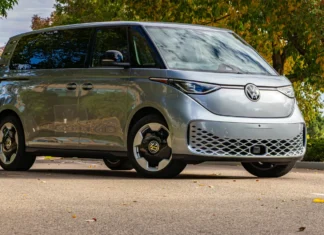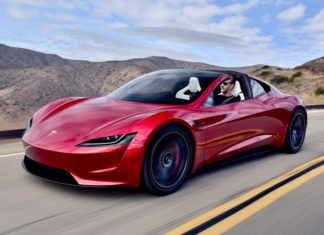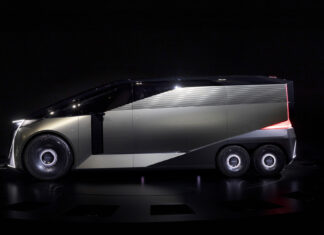Is fifty years of technological advancement a recipe for some serious speed?
Look, we know the 1971 Volkswagen Super Beetle is slow. Despite the car’s other charms, speed was never a feather in the Beetle’s cap. Back in this car’s heyday, it’s naturally-aspirated, air-cooled 1.6-liter flat-four engine produced a figure of 60 horsepower. Not exactly stratospheric numbers, even by 1970s standards. But, on the other hand, it is a rear-engine, rear-wheel drive car with a four-speed manual transmission. And it’s light! While our long-term Ford Fiesta ST tips the scales at 2,700 pounds, the Beetle is much lighter. In fact, it weighs around 1,800 pounds – nearly half a ton less than the hot hatch.


An unexpected result
You’d think pitching the Fiesta against the Volkswagen Super Beetle isn’t a fair competition. And you’d be right, since Ford’s hot hatch runs away from the leisurely Bug on the track. However, this is a contest of just how much faster the brand new Fiesta is than the Super Beetle. That’s where the surprise comes in – it’s not as big a gap as you might think.
The drag race yields a pretty clear cut result. In the hot lap, on the other hand, TFL’s Michael Curtis managed a 1:40 time against Andre’s 1:12 run in the Fiesta ST. Fifty years of turbocharging and technological advancement, and the Beetle was only 28 seconds slower.






















